Did Scotland have glaciers until the 18th century?
As rewrites of history go, it’s pretty epic. Scientists now believe Britain was home to glaciers as recently as the 18th century – 11,000 years later than previously thought.
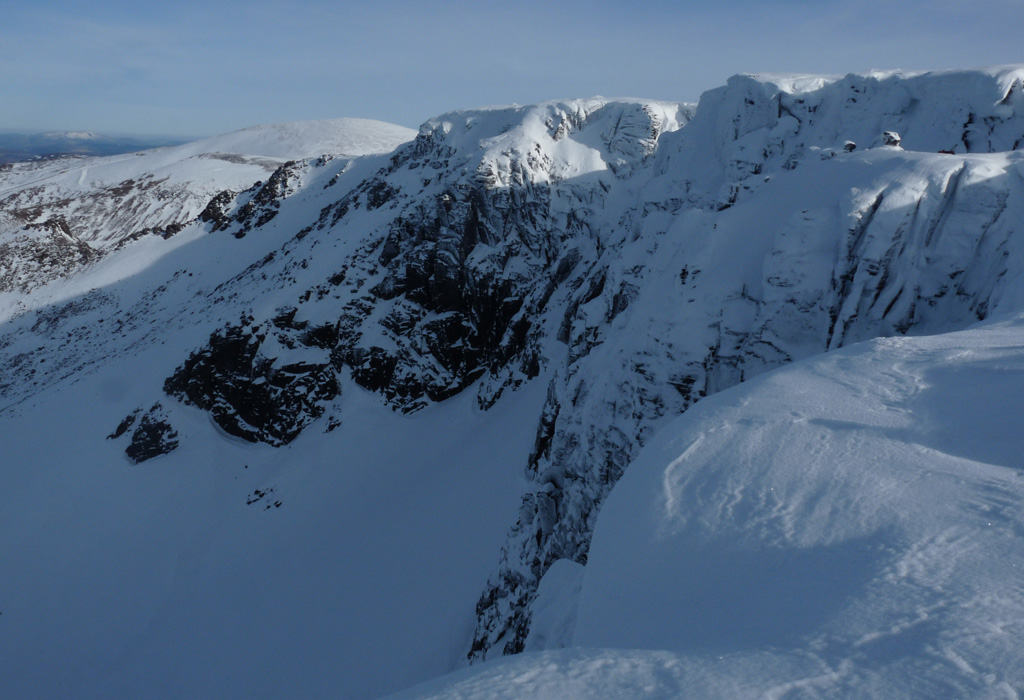
The long-held belief was that the last of Britain’s glaciers – high in the Cairngorm mountain range – melted in the 9th millenium BC.
A combination of fieldwork and computer modelling has now caused scientists from Dundee and Exeter University to radically revise this date.
Glaciers are huge dense bodies of accumulated ice and snow, often hundreds of feet thick, which form and slowly move down mountain valleys.
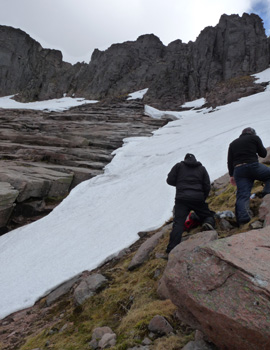
A team led by Dr Martin Kirkbride from Dundee University studied features called “corries” – steep sided hollows – found in the Scottish mountain range.
Using a technique called comsmogenic dating – similar to carbon dating, but for rocks – the scientists established that a small glacier piled up granite boulders to form ridges within the last few centuries.
Dr Kirkbride said:
“Our laboratory dating indicates that the moraines were formed within the last couple of thousand years, which shows that a Scottish glacier existed more recently than we had previously thought.
“The climate of the last few millenia was at its most severe between 1650 and 1790. There are some anecdotal reports from that time of snow covering some of the mountain tops year-round. What we have now is the scientific evidence that there was indeed a glacier.”
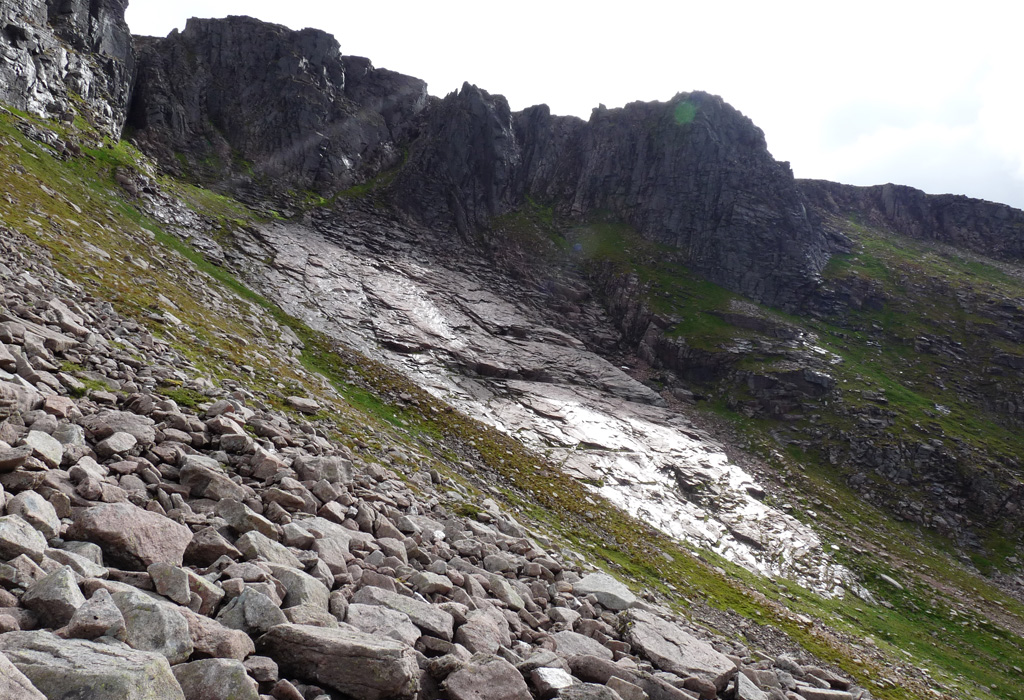
This physical research was backed up by a computer study headed by Dr Stefan Harrison at Exeter University.
His team created computer models to simulate the climate in the Cairngorms during the “Little Ice Age” – a period of cooling roughly between roughly between the 16th and 19th centuries. These models show the air temperature in these corries would indeed have been cold enough year on year to enable the formation of glaciers.
Dr Harrison said:
“Our findings show that the Cairngorm mountains were probably home to a number of small glaciers during the last few hundred years – around 11,000 years later than previous evidence has suggested.
“It may be that such glaciers also existed in the Scottish Highlands and elsewhere during other cold periods after the main ice sheets had disappeared.”
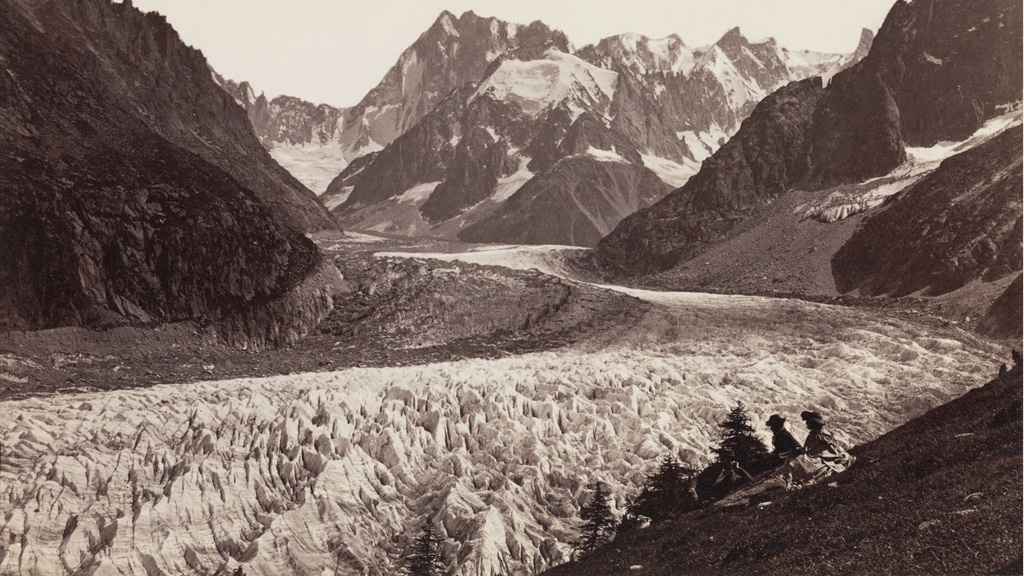
(Walkers resting alongside the Mer de Glace glacier, 1875)
The “discovery” of the famous Mer de Glace glacier in the French Alps in 1741 by two English explorers – William Windham and Richard Pocock – paved the way for an explosion of interest in alpine tourism and ice-walking.
While not on the same scale as this monster, it now turns out Britain had its own home-grown glaciers at the same time.
But whilst glaciers survive in the Alps, albeit much retreated, a warming climate has since done for their Scottish cousins. Piles of rocks and the shape of the terrain are now the footprints of these once awesome natural phenomena.
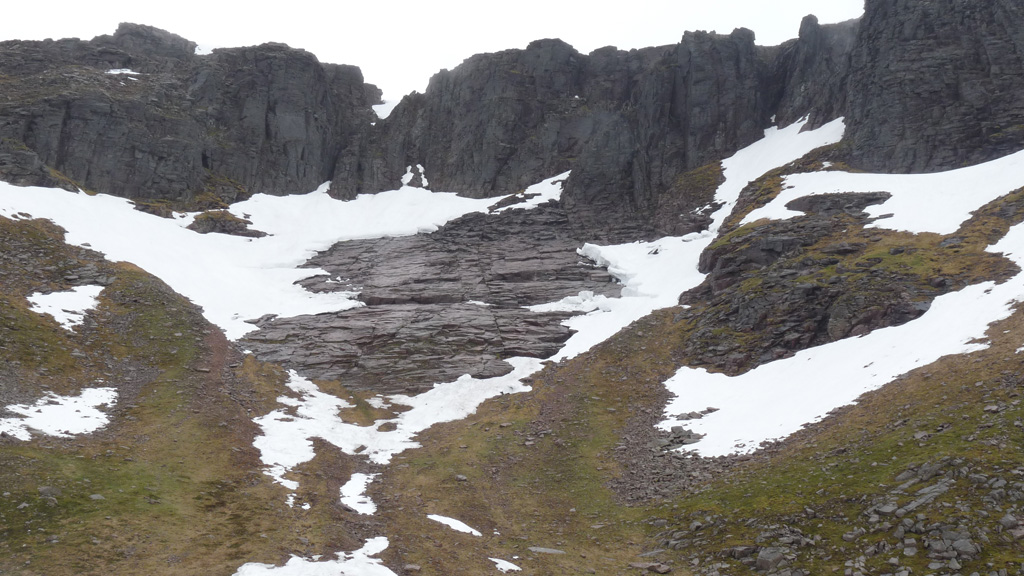
(Pictures courtesy of Dr Martin Kirkbride)
-
Latest news
-
Year of civil war in Sudan ‘a nightmare of hunger and displacement’4m

-
Israel fears repeat Iran attack, says former editor of Jerusalem Post4m

-
How long could it take to clear the Rwanda asylum seeker backlog?3m

-
Rwanda asylum boost for Sunak as bill expected to become law2m

-
Donald Trump trial: day one of historic Stormy Daniels court case4m

-




